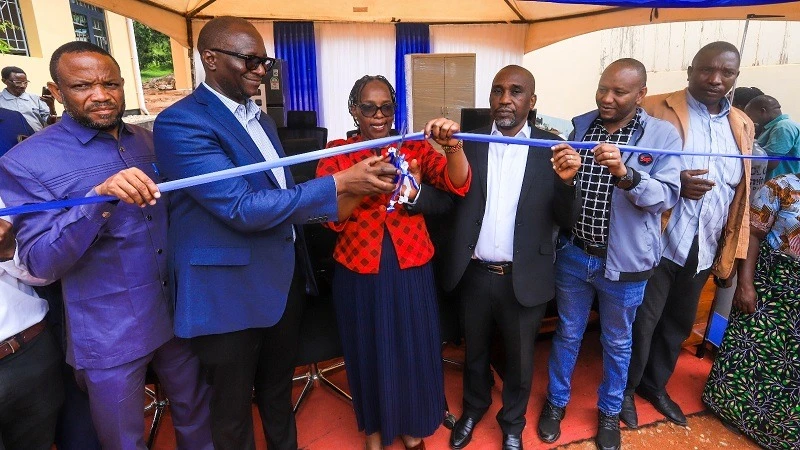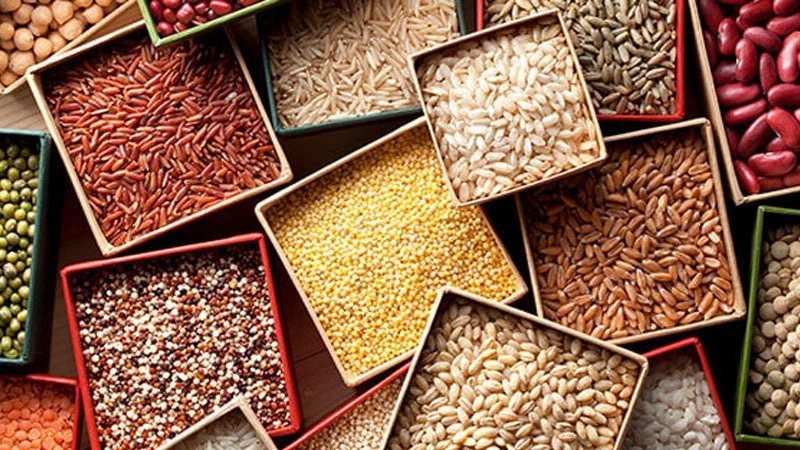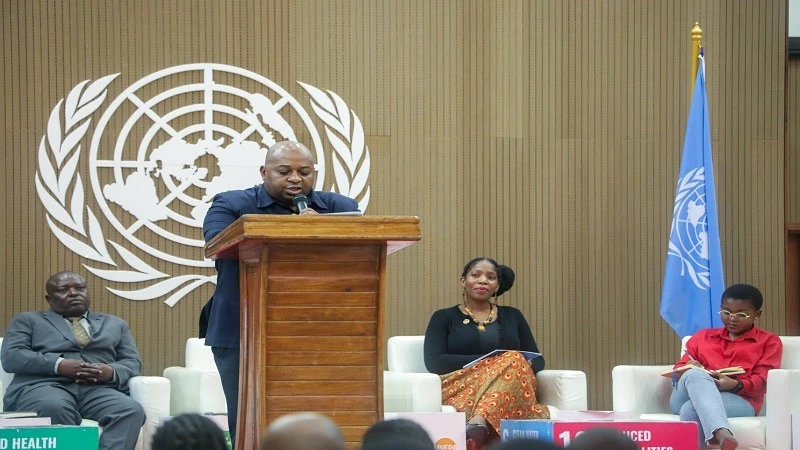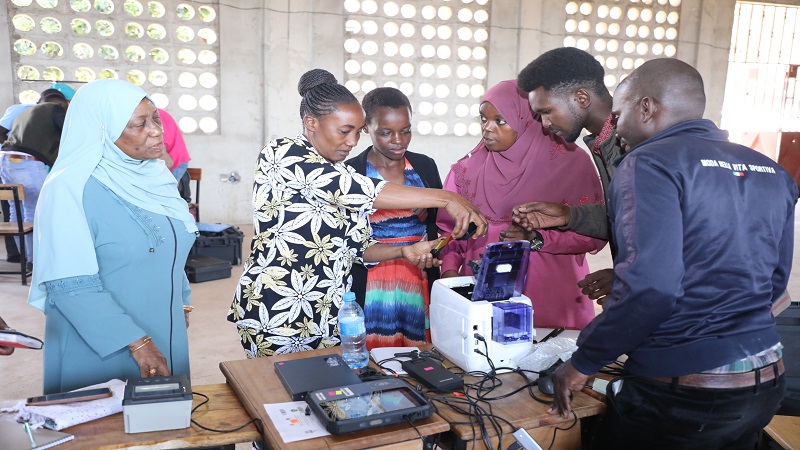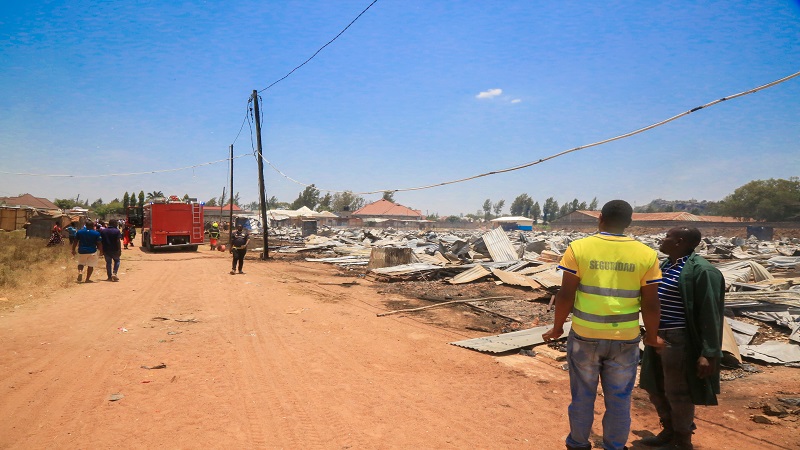US unveils five-year project to cut post-harvest food loss in Tanzania
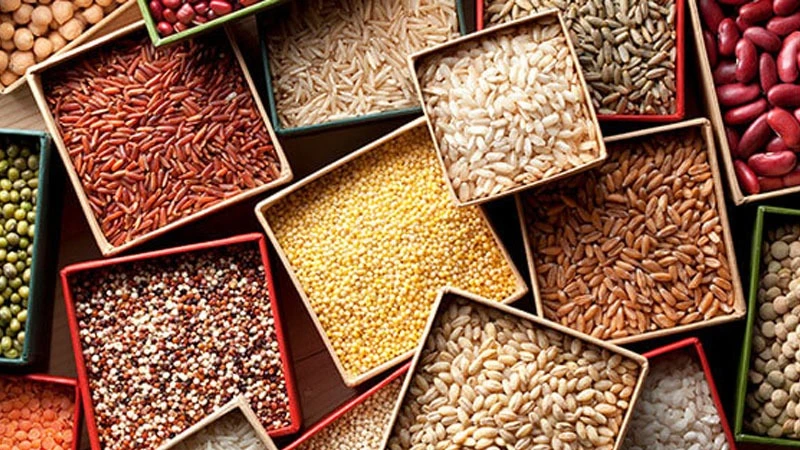
THE United States Agency for International Development (USAID) yesterday reinforced its ongoing commitment to food security with the launch of the Feed the Future Tanzania Tuhifadhi Chakula (Let’s Save Food) project.
The 60bn/-($24 million), five-year initiative focuses on reducing post-harvest losses in Tanzania’s horticulture and cereal value chains. It is implemented by Tanzania Horticulture Association and Southern Agricultural Growth Corridor of Tanzania (SAGCOT) Centre.
USAID partners, farmers, traders and processors showcased their collaborative efforts to tackle food loss and waste at the event which was attended by Deputy Minister for Agriculture David Silinde, Hai District Commissioner Lazaro Twange and US Ambassador Michael Battle.
Silinde expressed gratitude to the U.S. government, highlighting the initiative's alignment with national policies aimed at building infrastructure such as pack houses and processing facilities to preserve high-value crops.
He emphasized the project's potential to create three million jobs for youth and women by 2030.
"Feed the Future Tanzania, Tuhifadhi Chakula Project is going to help the country and particularly farmers who have been losing their high value crops," he said.
“We celebrate partnerships today that will increase food security, boost livelihoods, create jobs and generate export opportunities especially for women and youth,” said Ambassador Battle.
“Through projects like this and the newly announced Food Loss and Waste Accelerator, Tanzania is on track to reduce post-harvest losses by 50 percent in the programme’s target areas. These partnerships are expected to bring up to $20 million in investment for processing plants and innovative uses of agricultural waste.”
Since being awarded in August 2023, the Feed the Future Tanzania Tuhifadhi Chakula project has made a significant impact, including on Kilimanjaro Region’s banana market, ensuring 216,000 metric tonnes reached buyers, reducing post-harvest losses, and generating nearly 400m/- in income for local farmers.
The project will engage more than 930,000 value chain actors—including farmers, processors, traders and financial institutions—across Tanzania. Running from August 2023 to July 2028, it operates in 10 regions across Tanzania (Morogoro, Njombe, Pwani, Tanga, and Zanzibar, Arusha, Dar es Salaam, Dodoma, and Kilimanjaro).
Dr Jacqueline Mkindi, TAHA) chief executive officer, expressed deep gratitude to the US government and USAID for their pivotal role in transforming Tanzania's horticulture subsector.
“I am immensely grateful to USAID for the Feed the Future Tanzania, Tuhifadhi Chakula project and for believing in TAHA when it was just a name,” she said.
Dr Mkindi reflected on the challenges that plagued horticulture industry in 2004 when it generated a mere $100 million and faced numerous obstacles.
The launch of the Feed the Future Tanzania Tuhifadhi Chakula project comes on the heels of September 19 announcement by Assistant to the US President for National Security Affairs Jake Sullivan and USAID Administrator and Feed the Future Coordinator Samantha Power that the United States government, working with the US Congress has committed more than $80 million of new Feed the Future funds and supplemental resources, including $13 million in additional support for Tanzania.
The funding supports Feed the Future Accelerator, an effort to deepen the US government’s food security partnership and focus resources on three countries in Southern and Eastern Africa.
Under the Feed the Future Accelerator, US investments will harness the region’s combination of fertile land, diverse farming systems and reform-minded governments to support a regional breadbasket. This has the potential to stimulate inclusive economic growth across borders while strengthening the resilience of producers and systems to endemic shocks and stresses.
Recent research has demonstrated that increasing cereal yields by 25 percent in Eastern and Southern Africa could boost the value of agriculture production in the region by over $24 billion by 2030 and reduce hunger for 22 million people.
Top Headlines
© 2024 IPPMEDIA.COM. ALL RIGHTS RESERVED






